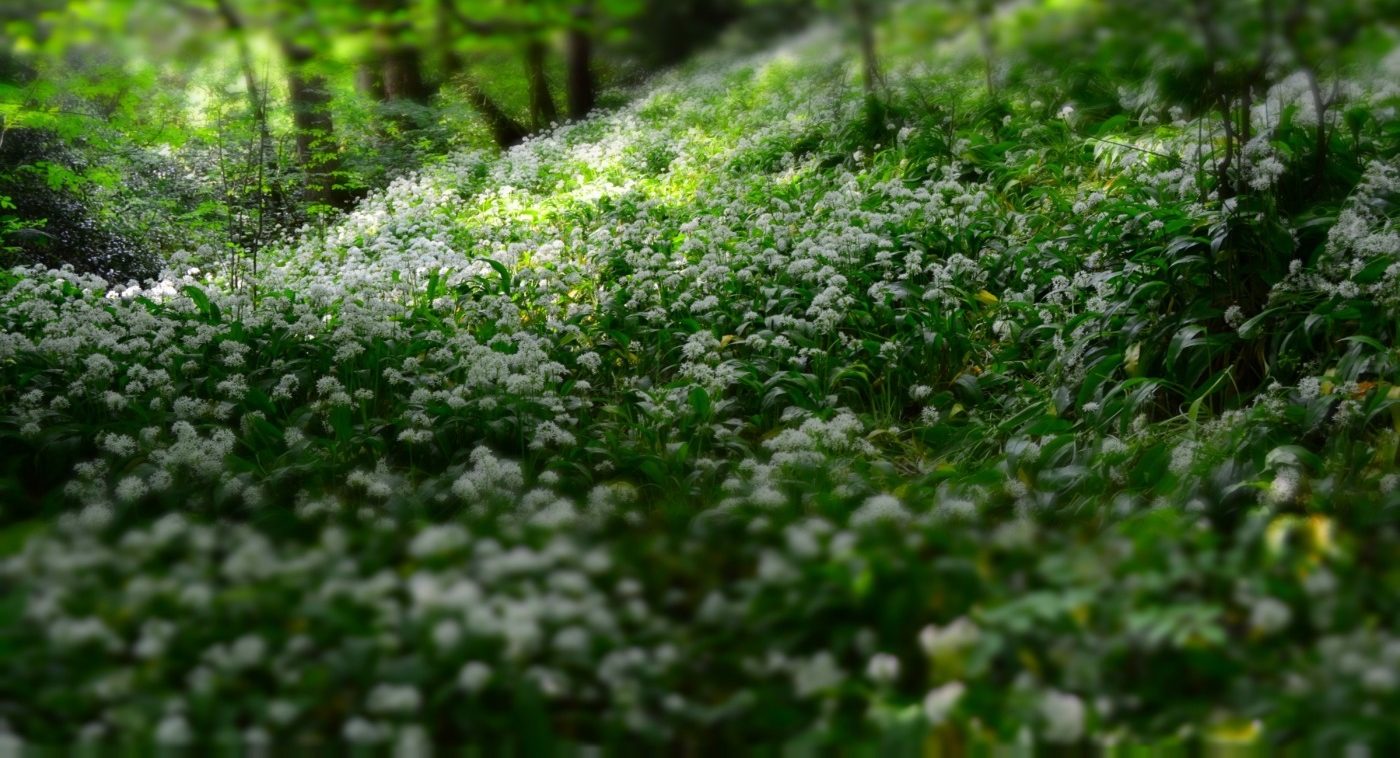Roald Dahl’s nature book to be republished after two decades out of print
For the first time in twenty years, Roald Dahl’s My Year is back in print. The combined efforts of the Roald Dahl Story Company and Penguin Random House have helped initiate a reappraisal of a largely forgotten work, one perhaps overshadowed by the success of his beloved children’s novels. It’s a brilliant insight into the life and work of Dahl, allowing us to appreciate the simplicity of mind with which the novelist approached his life and art.
But more than memoir, the book is a celebration of a forgotten, rural landscape, a window into a paradisal countryside that we seem to be leaving behind and destroying in an increasingly urbanised world.
The book, itself a weird hybrid of memoir and nature journal, is an unflinchingly sentimental celebration of the natural world, and the Buckinghamshire countryside Dahl inhabited. There is a vivid sense of fond remembrance, along with the sort of careful observation and detail that would not be out of place within the diaries of a naturalist. Dahl takes a simple enjoyment in the natural phenomena occurring around him, relating the growth and development of the “pussy willows” that are “smothered in yellow pollen” when beginning to bloom in the spring around his estate.
The novelist’s loving account of the mating patterns of animals and the sharp taste of buttercups help create a powerful evocation of the natural world
Dahl’s prose is free from ornamentation, conveying the nuances and whispers of the area, opening up a clear window onto a vanishing landscape. The novelist’s loving account of the mating patterns of animals and the sharp taste of buttercups help create a powerful evocation of the natural world, and his intimate and emotional engagement with nature.
Reading his words today, in a time where such idyllic enjoyment isn’t readily available to us, there’s a distinct sense of loss. In a society where technological and industrial developments not only separate us from each other, but disconnect us from the land itself, we are left unable to enjoy the simple pleasures that Dahl himself enjoyed.
But it’s not all doom and gloom. Through the book, we get to see the world through Dahl, to “look at the world with glittering eyes”. We get to see Dahl the craftsman, the world-builder, and view the sense of magic and wonder with which he imbued his creative process. The journal shows the effortlessness and simplicity with which Dahl evoked a specific time and place, from the “great splashes of golden flame” of the woods to the “deep winter quarters” of the badger’s nests.
All this loving, nurturing description is from the man who created the “Chokey” of Matilda, or the protagonist of the Witches
It’s a romantic and charming portrait and, when you think about it, one at odds with Dahl the novelist. All of this loving, nurturing description is from the man who created the “Chokey” of Matilda and the protagonist of The Witches, who decided to stay alive as a mouse and die with his grandma than outlive her!
There’s a strain of darkness running throughout Dahl’s works, but all we see here is a childlike fascination and wonder with the world. But then, perhaps even Dahl’s darkness is explained away by the same sense of childishness that makes My Year so heart-warming. For example, this childishness is manifested in The Witches through the central character escaping growing up by staying youthful as a mouse.
Regardless, My Year provides an insight into the character and life of a beloved novelist. We see his warmth and humour, from how he rode his motorbike “past the pompous prefects and masters” at Sunday school, his creation of a weapon to frighten passers-by on his family’s land, and how to know which is the best “fighting conker”. It shows a nature at once sly, childish, yet wide-eyed and warm, an attitude which is reflected in the very fabric of all his other works. We see Dahl doing what he loves most, and in turn opening up the most intimate parts of himself for his readers.
My Year provides a revealing portrait of Dahl the character, as well as Dahl the novelist. It captures for us with bright, clear eyes the surrounding Buckinghamshire countryside, and revels in a sustained celebration of this pastoral environment. It provides a window into Dahl’s youth, and reflects the character traits and attributes which would be present in the novels that he wrote.

Comments
Comments are closed here.